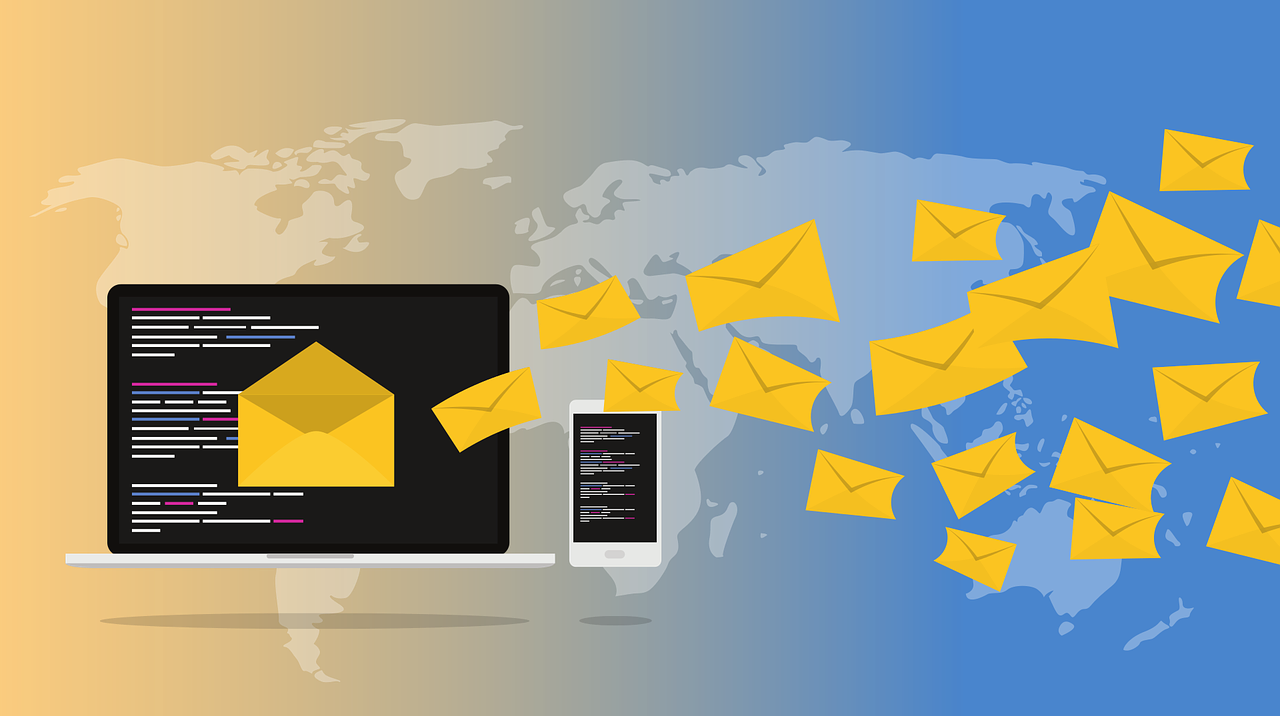Firm Management
An Email Automation Process That Works Like A Charm
Once you’ve identified the who, what, when, and where, you have to learn the how. Major email service providers, like MailChimp, Constant Contact, Salesforce, HubSpot, and more have built-in email automation options.
Jul. 13, 2020

Scan. Delete. Scan. Not Now. Scan…Click!
Unlike mass emails you might send, such as a newsletter, automated email sequences occur when a trigger is met.
For example, someone downloads a piece of content from your website by submitting a form. The form submission is a trigger that causes the email automation to start. When the sequence begins, it reminds the recipient why they’ve received the email and offers additional content for a topic they’ve already shown an interest.
Email Example
We see that you’ve downloaded our PPP Loan Forgiveness Application checklist. You might also find this information valuable:
- What is an EIDL and how might I use it in conjunction with the PPP Loan?
- How does Safe Harbor work for small business owners?
- Don’t miss these tax breaks for business owners in [State abbreviation].
Give us a call if you have any questions about this content, or if you’d like help with the PPP Loan Forgiveness Application.
The Process
Step 1 – Create A Plan
Begin by defining the trigger data that is going to start a campaign, for example, newsletter registration, document download, event registration, request a quote, etc.
Then determine what the person will get, via email, when the task is completed.
Step 2 – Determine the Email Service Provider
There are three major types of email services, freemium, mid-tier, and enterprise.
Freemium accounts are free to use, good for small businesses, and for those who plan to grow their email list slowly. Keep in mind, these plans may have limited automation options and customer support.
Mid-tier accounts are paid and can scale as you grow. Small- to medium-sized firms looking to actively grow their email list should look at this cost-effective option. One key feature about these plans is they offer advanced key performance indicators (KPIs) to help you determine campaign success.
Enterprise platforms are for high-volume senders with thousands of segments and cross-channel workflows. It also allows for a high-degree of customization.
Step 3 – The Workflow
What does the process look like when a trigger is activated? Map that out by either drawing it on paper, using a flowchart tool, or sticking notes on a whiteboard. Whatever method you use, it must be captured somehow for future use.
Workflow Example
You’re hosting a webinar in six weeks. You’ll want to:
- Determine how many emails you want to send, to whom, and how often.
- Write email content and what happens when an action is completed (if any).
- Identify a “non-response” and/or “cart abandonment” follow-up path. Each would become another workflow with a trigger to get them back into the main workflow.
- Once registered, provide a link to your gated content (not on your website’s navigation) using a personalized field, such as first-name, e.g., “Pat, get ready for your upcoming webinar by reading this important information [link].”
- Wait a few days.
- Send another email with a piece of juicy information, such as a statistic or interesting fact, new speaker, or the dreaded, “Time is limited!” or “Only a few spaces left.” message.
- Wait a few days.
- Send another email with supporting topical content or link to a co-presenters give-away.
- Wait a few days.
- Distribute the final email on the day of the event with the login information.
- 1 day after event, distribute the playback link.
While this is happening, registration promotional efforts will continue.
Step 4 – Measure
Many email providers have built-in measurement metrics to help you determine campaign success. Keep in mind what your goal is to help you identify the appropriate measurement metrics. For example, if it’s a webinar registration you might gauge the number of people attending who were not already on your email list (i.e., new leads). Those people would then get additional information existing email list members would not.
The Hard Part
Once you’ve identified the who, what, when, and where, you have to learn the how. Major email service providers, like MailChimp, Constant Contact, Salesforce, HubSpot, and more have built-in email automation options.
It takes time to complete the process, so it’s important to have the leg work (steps 1-3 above) done beforehand. To speed up the process, consider contacting an email specialist who creates automated campaigns regularly.
Now that you know what it takes, what can you automate to generate leads, to increase your email list, or to engage your audience?
